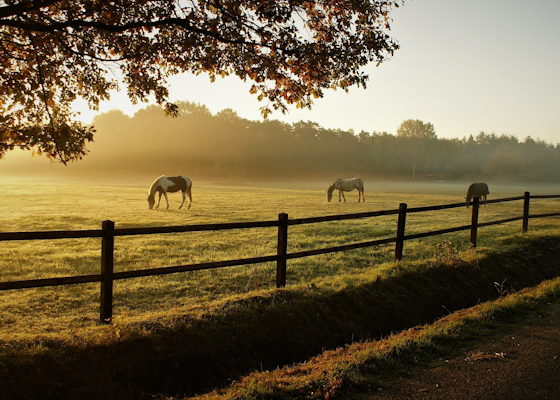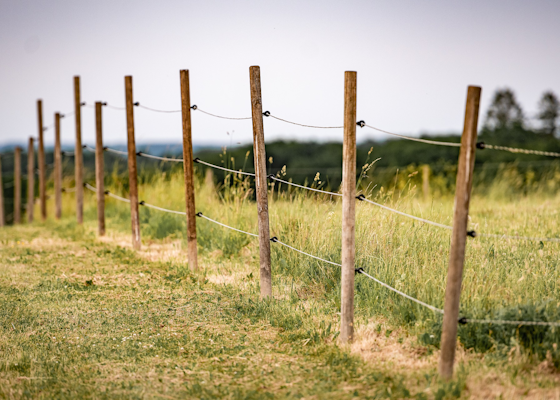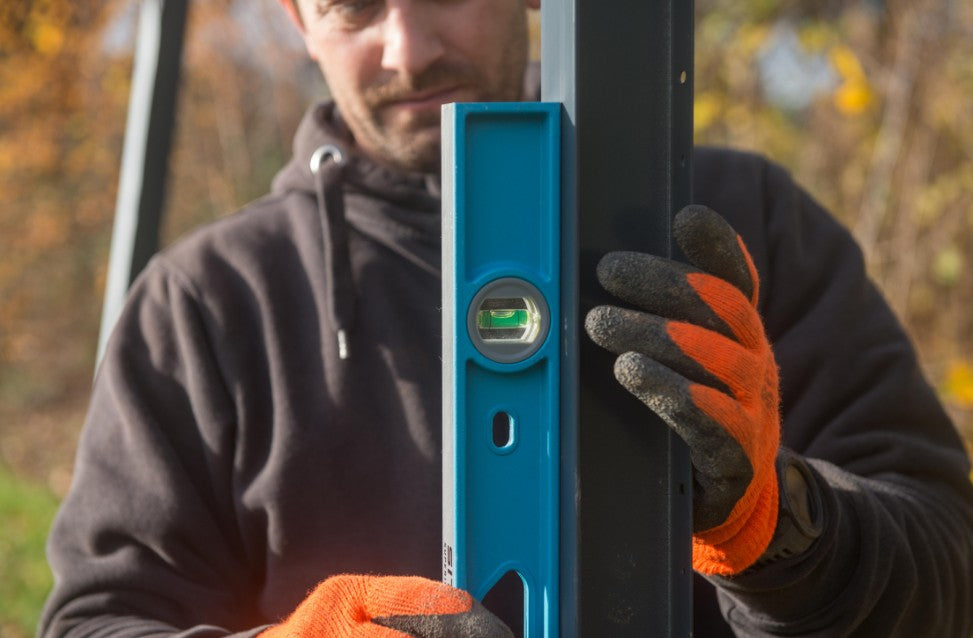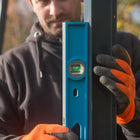Agricultural Fencing Guide - The Complete Guide

Just like our homes, offices, and school grounds, farmland requires protection and safety with fencing. Not only is fencing needed to keep animals from entering and leaving certain areas, but to mark territory of rural land too.
Agricultural fencing has used by humans for many years, dating back to the 17th century, where fences were first built using a simple stone structure. Before this time, cattle and other animals were typically left to roam free.
Nowadays, agricultural fencing can be made from a variety of materials, depending on terrain, location, and animals that need confinement. So, to highlight these options and make your fencing choice easier, here’s our guide to agricultural fencing.
Traditional agricultural fencing
The most traditional and established type of agricultural fencing is simple post and rail fencing. It’s fairly straightforward to construct and can be easily moved or adapted, so works well where land winds or dips.
You can either drive pointed fence posts into the ground, or secure the posts in holes with post concrete (recommended during summer months when soil is dry and loose).
Post and rail fencing is usually applied to contain smaller animals, and can be combined with barbed wire for additional protection/deterrence.
If you’re looking for an easy-to-install and traditional looking fence for your rural land, post and rail fencing is probably the option for you.

Electric fencing
Where larger livestock need protection, such as cattle, horse, and sheep, electric fencing is often recommended. But why is this the case? Electric fencing encourages livestock to back away from the fence line, keeping them contained without the risk of fleeing.
A huge benefit of electric fencing is that it can be erected with cheaper poly and metal posts that allow the entire system to be moved. This means you can adapt the shape of your cattle’s land or temporarily keep horses inside a training area.
With a shock that helps deter predators from going through or under the barrier, electric fencing can also be used to protect small livestock like chickens, sheep and goat.

Metal fencing
Other popular agricultural fencing options include galvanised steel posts. They offer exceptional life expectancy and are extremely durable with little to no maintenance required – unlike timber, galvanised steel posts don’t warp, rot, or split.
Damaged fence posts can cause safety hazards for livestock, likewise, a rotting fence won’t last long in strong winds. So, if strength and longevity are important traits for your fencing, consider the use of galvanised steel posts.
Which agricultural fencing is right for my animal?
It all depends on the animal, its size, and their behaviour. For instance, large horses will need a taller boundary than sheep due to both their height difference and ability to jump. But it’s not all about size, you also need to consider how likely your animals are to crawl or dig underneath the fencing. For example, although goats are similar in size to sheep, they are a lot more likely to attempt an escape by climbing or crawling under the fence.
All in all, you need to make sure the fencing you choose is tall enough for your animals to not jump over, and ground in enough so that they can’t escape from underneath.
Need help with agricultural fencing?
If you require any help with your fencing needs, Birkdale are here to help. With same-day dispatch, a range of high-quality fencing products, and advice from our knowledgeable fencing experts, you’ll get exactly what you need. Why not explore our wide range of fencing products today, or contact our friendly team – we’re always happy to help.
DuraPost® fencing systems
Create Extraordinary Spaces
DuraPost® steel fence posts and composite fence panels. Find out why they are the ultimate fencing system.






